10 Unique & Hidden Heritage Sites Across South India That Are A Portal Back in Time
From Kerala to Karnataka, here’s a list of 10 hidden heritage sites across South India that you must add to your travel bucket list.
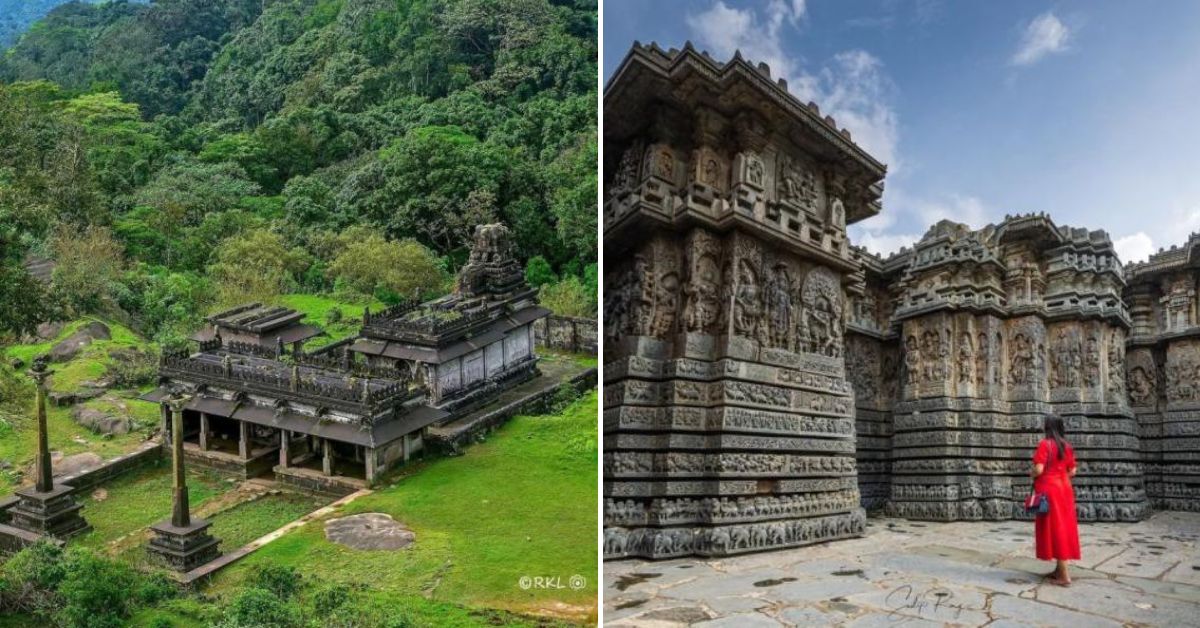
There’s a bit of historic legacy at every juncture when you travel across India. Some are well known, but some are hidden away and forgotten with time.
No matter which part of India you’re traveling to, there’s a lot to learn about the region’s heritage. And if you’re in search of undiscovered adventures, we’ve got you covered.
Here’s a list of hidden heritage sites across South India that you must add to your travel bucket list.
1. Kavaledurga Fort, Karnataka
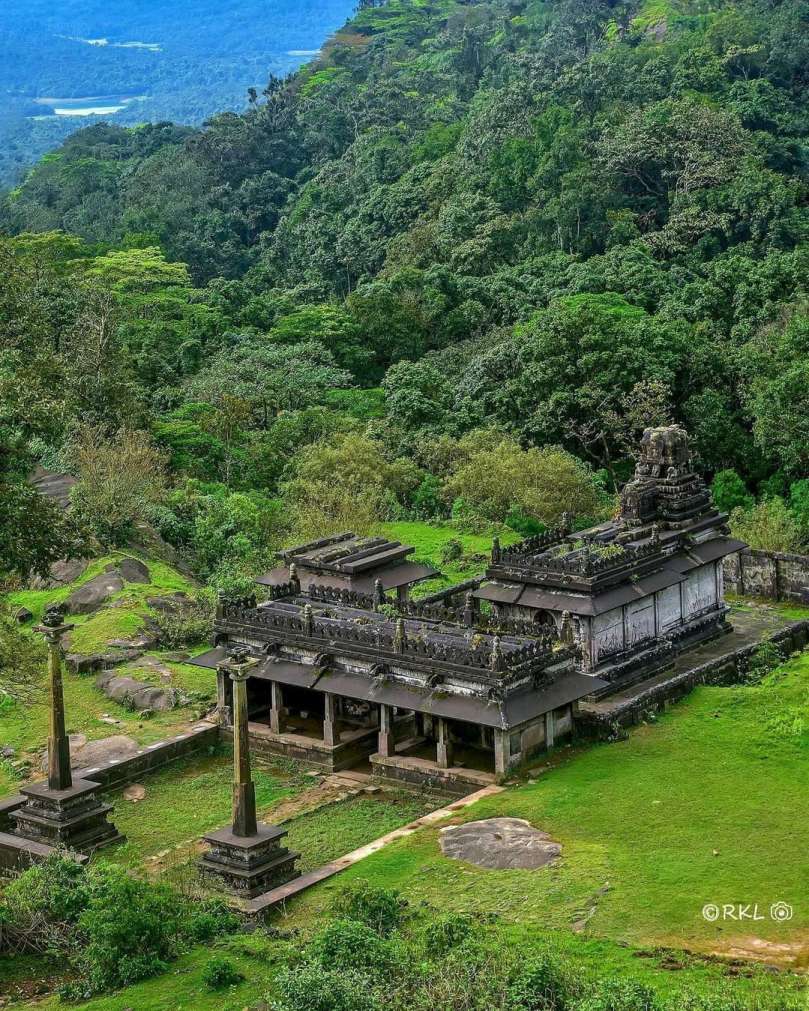
Nestled amidst a dense forest, the Kavaledurga Fort is situated near Thirthahalli in the Shimoga district of Karnataka. Believed to have been built in the 9th century, it was renovated by the Keladi Nayakas, the subordinates of the Vijayanagara empire during the 16th century.
The fort, located at a height of 1,541 metres, is a beautiful blend of both history and natural beauty. Also known as Bhuvanagiri, it was built using granite blocks and is surrounded by lush greenery and the majestic Western Ghats.
It houses several temples, dedicated to Virupaksha, Vijaya Vittala, Veerabhadra, Mallara and Bhuvaneshwari. Besides, there is a ruined palace, a mosque, and several other structures here to see.
To reach the top of the fort and see breathtaking views, one has to trek uphill.
Distance from Bengaluru: 366 km
Photo Credits: Lokesh R Kumar (@lokesh_r_k on Instagram)
2. Kudakkallu Parambu, Kerala
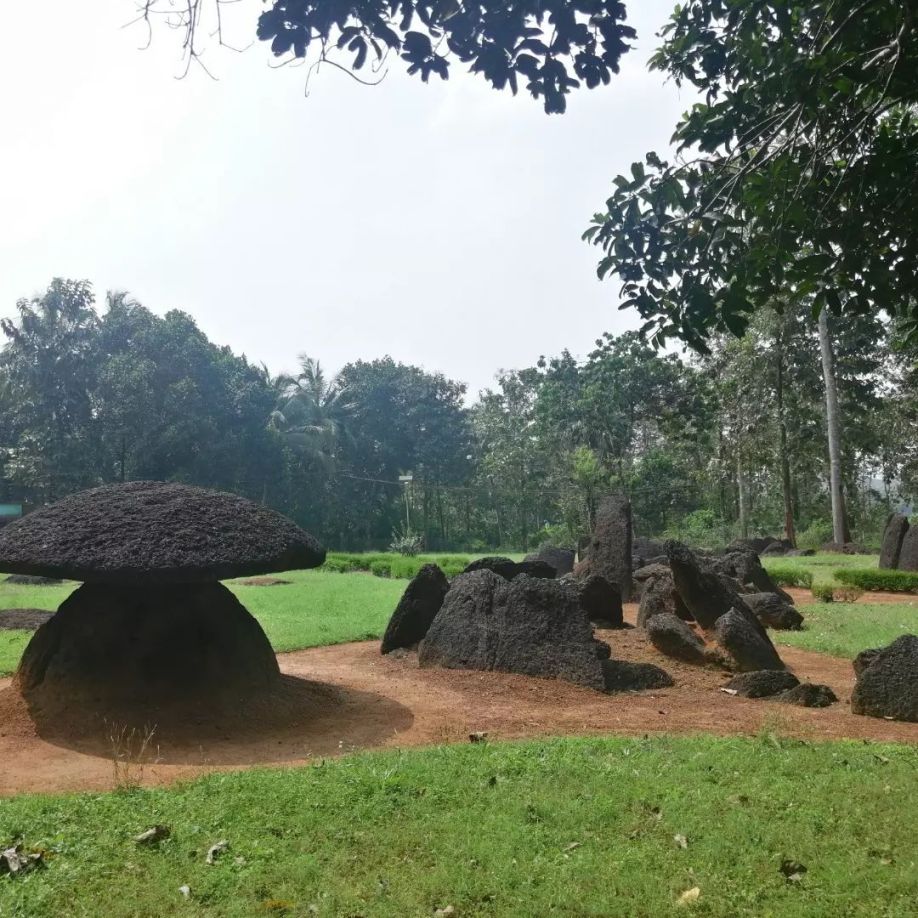
One of the most iconic heritage sites in Thrissur, Kerala, the Kudakkallu Parambu is a prehistoric megalith burial place. Situated in the small village of Chermanangad in Thrissur, the area is currently part of the Archeological Survey of India’s list of centrally protected structures and monuments.
This prehistoric site has 69 megalithic monuments that were ancient burial sites spread across a small piece of land. These monuments are made of huge stones that are similar to the shape of umbrellas, hence the site name KudaKkallu, which literally translates to ‘umbrella stones’.
This unique historic site, estimated to be over 4,000 years old, is where the ancients used to bury the dead inside earthen urns under these stones.
Distance from Kochi: 110 km
Photo Credits: Nikhil Mahendran (@temple._wanderer on Instagram)
3. Arikamedu, Puducherry
Arikamedu, located on the banks of the Ariyankuppam River near Puducherry, is one of the oldest archaeological sites in South India. Excavations from the site have revealed that it was an Indo-Roman port town and one of the earliest Indo-Pacific bead-making centres.
It was also a major maritime centre between the 1st century BC and the 2nd century AD and was identified as the port of Podouke, according to the Periplus of the Erythraean Sea, an anonymous Greco-Roman text of the 1st century CE.
This historic site, once a thriving port town, now remains in ruins baring a few brick walls and the remnants of the French Jesuit Mission House, which was built in the 18th century.
Distance from Puducherry: 7.5 km
Distance from Chennai: 159 km
4. Bidar Fort, Karnataka
An ancient fort situated in the Bidar district of Karnataka is believed to have been built around the 14th century by Ahmad Shah Wali Bahman of the Bahmanid Dynasty.
It is said that the fort was renovated in the 15th century by Sultan Ahmad Shah-I when he shifted his capital from Kalaburagi (Gulbarga) to Bidar.
The fort, with a quadrangular layout, is 1.21 km long and is considered a fine specimen of Persian architecture. It is also surrounded by long walls that extend up to three miles and 37 bastions in octagonal shape with metal shielded cannons.
Distance from Bengaluru: 692 km
5. Nagunur Fort, Telangana
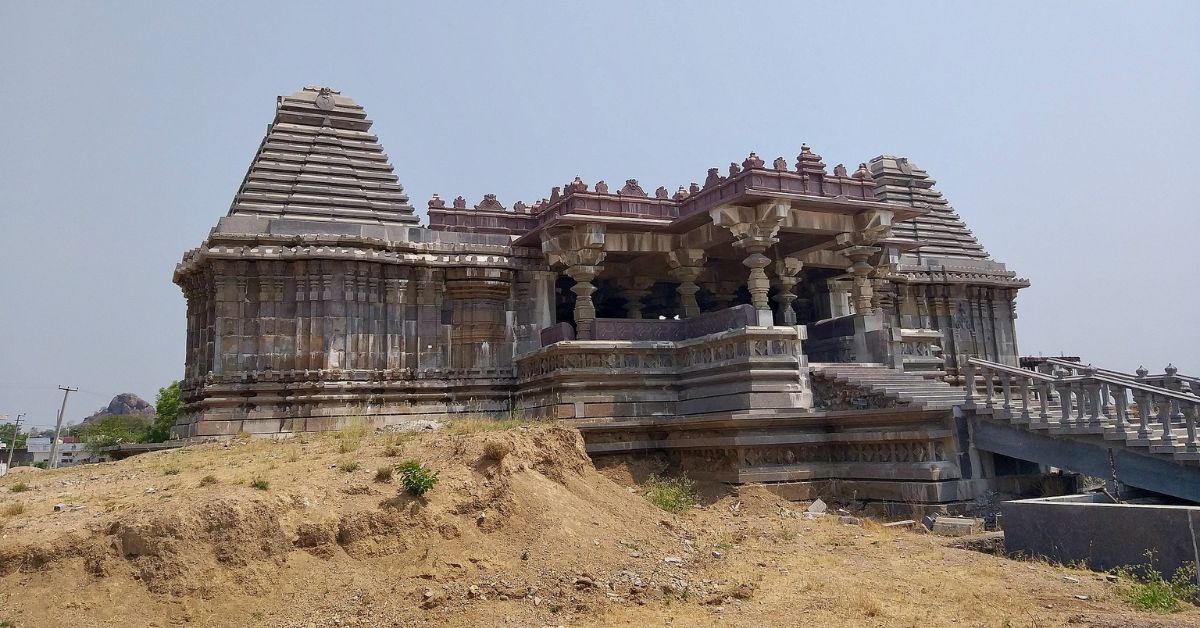
Situated in the Karimnagar district of Telangana, Naganur Fort stands tall as a testimony to the powerful Kakatiya Dynasty, which ruled the region between the 12th and 14th centuries.
This fort also hosted several important temples such as the Vaishnava, Shiva, Main Trikuta, and the Ramalingala Gudi. Among these, the most popular is the Shiva Temple, which has three shrines, several pillars, and galleries around it.
The ruins of the temples prove that they were built during the period of the Kalyani, Chalukya, and Kakatiyas. The inscriptions on these structures also highlight how the fort served as a politically and religiously relevant site during the medieval period.
Distance from Karimnagar: 11 km
Distance from Hyderabad: 175 km
6. Edakkal Caves, Kerala

Located in the Wayanad district of Kerala, the Edakkal Caves are considered one of the earliest human settlements ever discovered.
Situated at an altitude of around 1,200 ft above sea level on Ambukuthi Hills, Edakkal Caves are cave-like structures, or a cave shelter, formed when a huge boulder fell to create a large split in a huge rock. In fact, the name edakkal literally translates to a ‘stone in between.’
The caves are said to have been discovered by Fred Fawcett, the superintendent of police of the Malabar district in the 1890s, during his hunting trip to Wayanad.
The interior of the cave structure has several pictorial drawings and engravings that hint at ancient human settlements in the region. Though the origin of the engravings remains a mystery, it surely does create a sense of wonder among tourists and history buffs. Certain engravings here date back to 6000 BC.
Distance from Bengaluru: 267 km
Distance from Kochi: 270 km
Photo credits: Sreejith Kakkat (@sreejithkakkat on Instagram)
7. Medak Fort, Telangana
Nestled atop a hill, the Medak Fort holds immense historical and architectural relevance in the region. Located in the Medak district of Telangana, the fort is believed to have been built in the 12th century by Maharaja Pratap Rudra, a Kakatiya ruler, to protect the city from invaders.
Also known as Methuku Durgam, the fort served as a command post for both Kakatiyas as well as the Qutub Shahi rulers, who later renovated it in the 17th century. It is elevated at a height of about 90 meters from the ground level and is spread across several acres. It has three main entrances and houses a small lake, a barrack, and a warehouse.
To reach the top of the fort, one has to climb a stretch of more than 500 steps from the ground.
Distance from Hyderabad: 95 km
8. Keezhadi, Tamil Nadu
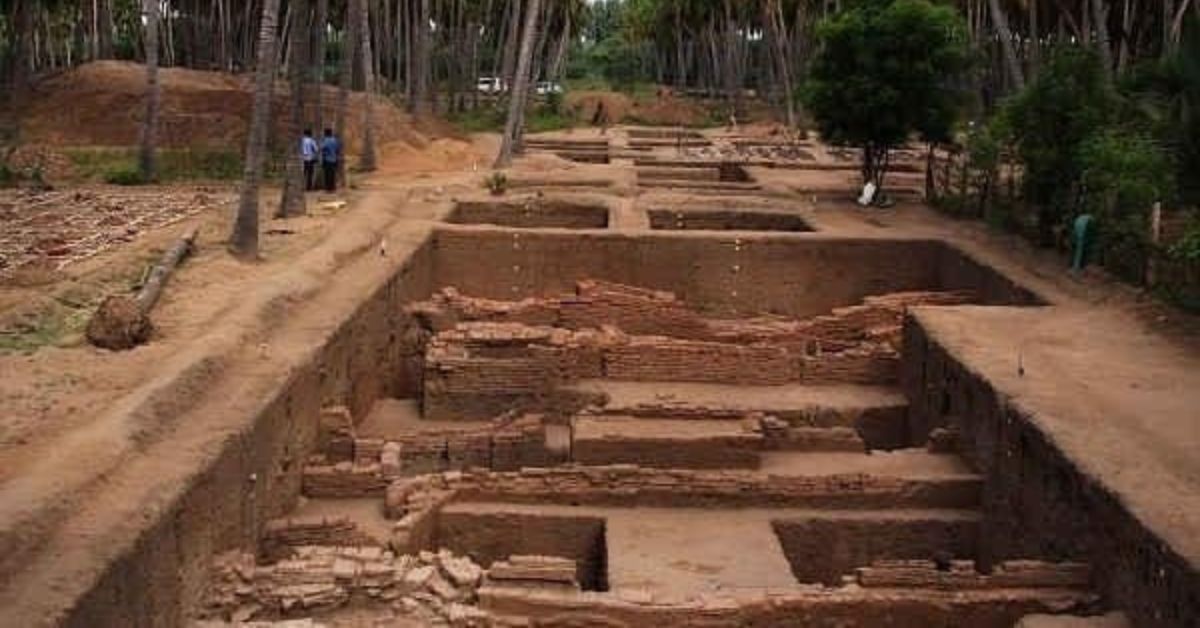
Located in the Sivaganga district of Tamil Nadu, Keezhadi is a Sangam-age settlement excavated by the Archaeological Survey of India (ASI), along with the Tamil Nadu Archaeological department. The settlement lies on the banks of the Vaigai River near Keezhadi town in the Sivagangai district.
Excavations have led to the discovery of various structures and thousands of artifacts like terracotta structures, pots and bowls, coins, weavers tools, ornaments, and so on that reflect the ancient Tamil civilisation and culture.
The government of Tamil Nadu is currently setting up a site museum at Keezhadi to display over 5,000 plus artefacts unearthed so far.
Distance from Chennai: 465 km
9. Tharangambadi Fort, Tamil Nadu
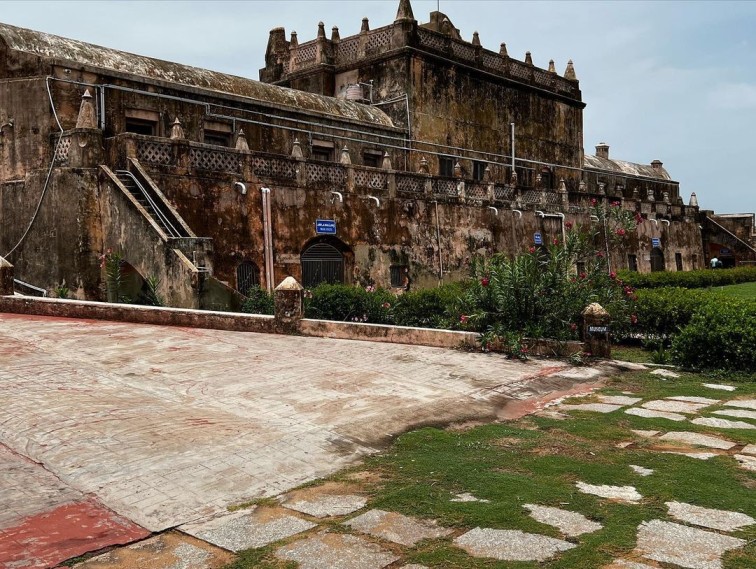
Tharangambadi Fort, or the Danish Fort, is located at Tharangambadi town on the shores of the Bay of Bengal in Tamil Nadu. Also known as Tranquebar, the town was once a Danish colony (1620 to 1845). The iconic fort, also named Fort Dansborg, was built by Ove Gjedde in Danish architecture and style in 1620. Later in 1845, the Danes sold the land including the fort to the British East India Company after 220 years of rule.
The fort is in a trapezoidal shape and surrounded by a moat. It can be accessed through a drawbridge. Structures like the governor’s complex, church, residential quarters, warehouses, kitchen, jail, and so on are built along the rampart within the fort.
Distance from Chennai: 270 km
Photo credits: Sukritha Tamil (@sukirtha_tamil on Instagram)
10. Temples of Halebeedu, Karnataka
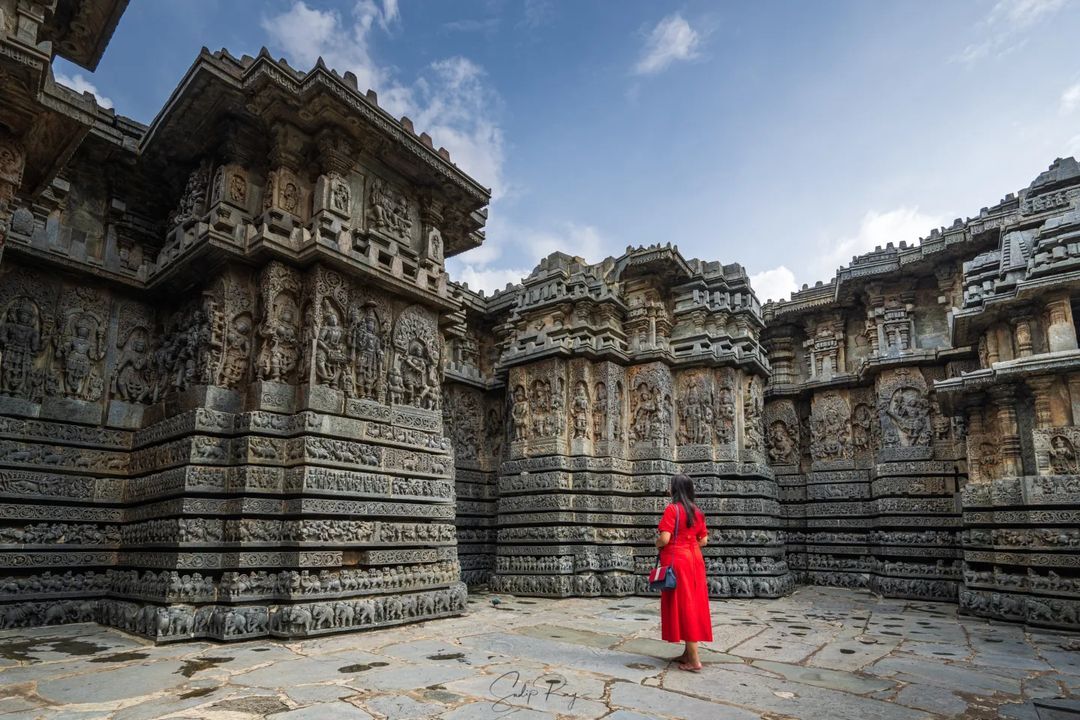
A city located in the Hassan district of Karnataka, Halebeedu, formerly known as Dwarasamudra, is noted for temples and sculptures designed in the Hoysala style of architecture.
Once the capital of the great Hoysala empire, Halebeedu showcases two famous temples — Hoyaleswara and Kedareshwara. The former was named after King Vishnuvardhana Hoysaleswara and built in the 12th century. However, it was looted in the 14th century and later it fell into ruins.
Built in soapstone, it reflects the fine Hoysala architecture. The intricate carvings on the exterior and the exquisite sculptures and paintings inside the temple are noted as one of the best in the history of Indian architecture.
The Kedareshwara temple was also built in the 12th century by the Hoysalas and is dedicated to Lord Shiva. The architecture of the temple is also remarkable, with a basement featuring intricate sculptures depicting the Ramayana, the Mahabharata, and the Bhagavad Gita.
Distance from Bengaluru: 211 km
Photo credits: Sudeshna and Sudip (@thefloatingpebbles on Instagram)
Sources:
Nagunur Fort by Telangana Tourism
Kudakkallu Parambu: Discover the enigmas of Kerala
The Port Trade Centre of Arikamedu and Roman Exchange with the Indian Subcontinent
Edakkal Caves by Government of Kerala
Medak Fort by Telangana Government
Kavaledurga Fort by Karnataka Tourism
Tharangambadi by Incredible India
Halebeedu by Karnataka Tourism
If you found our stories insightful, informative, or even just enjoyable, we invite you to consider making a voluntary payment to support the work we do at The Better India. Your contribution helps us continue producing quality content that educates, inspires, and drives positive change. Choose one of the payment options below for your contribution- By paying for the stories you value, you directly contribute to sustaining our efforts focused on making a difference in the world. Together, let’s ensure that impactful stories continue to be told and shared, enriching lives and communities alike. Thank you for your support. Here are some frequently asked questions you might find helpful to know why you are contributing?

This story made me
- 97
- 121
- 89
- 167













